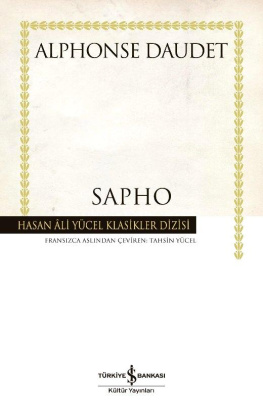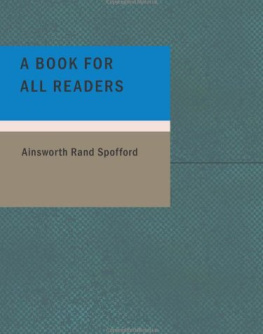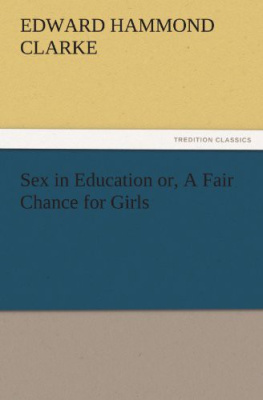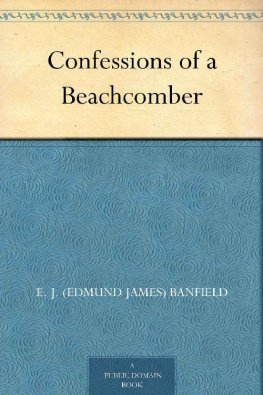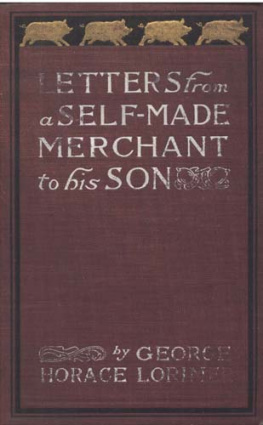
THE HISTORY OF HENRY ESMOND
W ILLIAM M AKEPEACE T HACKERAY was born in 1811. He was educated at Charterhouse and Trinity College, Cambridge, and studied art and law at The Middle Temple. He then turned to journalism. In London, Thackeray wrote for many periodicals, principally for Frasers Magazine for which he wrote a social satire The Yellow Plush Correspondence. This appeared in book form in 1841. Vanity Fair, Thackerays masterpiece, was published in monthly parts, 18478. His other novels include The Luck of Barry Lyndon (1844), later revised as The Memoirs of Barry Lyndon, Esq. (1856), and The History of Pendennis (184850). He also published many volumes of Miscellanies of both prose and verse. The Four Georges: Sketches of Manners, Morals, Court and Country Life first appeared in the Cornhill Magazine in 1860. His 1851 lectures, The English Humourists of the Eighteenth Century, were published in 1853. Thackeray died suddenly in 1863, having suffered from heart trouble for some time.
J OHN S UTHERLAND , who has edited Anthony Trollopes The Eustace Diamonds and Phineas Finn for Penguins, was Reader in English at University College, London, until 1984 and is now a Professor of English at the California Institute of Technology in Pasadena. His other publications include Fiction and the Fiction Industry, Best Sellers: Popular Fiction of the 1970s, The Longman Companion to English Literature and Mrs Humphry Ward.
M ICHAEL G REENFIELD received his M.A. degree from the University of Sussex in 1966, and is now an Assistant Lecturer in English at the University of Singapore.
WilliamThackeray

THE HISTORY OF HENRY ESMOND
Edited byJohnSutherlandandMichael Greenfield,with an Introduction and Notesby John Sutherland
Penguin Books
PENGUIN BOOKS
Published by the Penguin Group
Penguin Books Ltd, 27 Wrights Lane, London W8 5TZ, England
Viking Penguin, a division of Penguin Books USA Inc.
375 Hudson Street, New York, New York 10014, USA
Penguin Books Australia Ltd, Ringwood, Victoria, Australia
Penguin Books Canada Ltd, 2801 John Street, Markham, Ontario, Canada L3R 1B4
Penguin Books (NZ) Ltd, 182190 Wairau Road, Auckland 10, New Zealand
Penguin Books Ltd, Registered Offices: Harmondsworth, Middlesex, England
First published 1852
Published in the Penguin English Library 1970
Reprinted in Penguin Classics 1985, 1987
Introduction and notes copyright John Sutherland, 1970
All rights reserved
Except in the United States of America, this book is sold subject to the condition that it shall not, by way of trade or otherwise, be lent, re-sold, hired out, or otherwise circulated without the publishers prior consent in any form of binding or cover other than that in which it is published and without a similar condition including this condition being imposed on the subsequent purchaser
ISBN: 9781101493885
CONTENTS
INTRODUCTION
I N its own day Henry Esmond commanded superlatives. With the air of a man stating the incontrovertible Trollope asserts, in An Autobiography, that Thackeray is the foremost novelist, and elsewhere that Henry Esmond is his best novel, the masters masterpiece. The more modest assertion that Henry Esmond was the best historical novel ever written was a nineteenth-century commonplace so widespread that it sometimes seems like a ritual genuflexion. It was not, of course, the first of its kind, and those who praised it so extravagantly tended to see it as a literary consummation, The crown and flower of the historical novel as Saintsbury called it. Curiosity can trace the ancestry of Thackerays novel back to the moment in 1813 when Walter Scott, then a well-known poet, turned up a long-lost manuscript while rummaging in a desk for fishing tackle. It was a sample of historical fiction, an attempt to spice antiquarian erudition with Gothic romance. The publishers had not thought well of it and Scott had turned to other things, but now he felt like diversifying his talent into prose narrative, so the work was refurbished and concluded with the usual prodigious speed. The result was Waverley and a revolution which tilted the whole field of literary endeavour towards the novel. The esteem of the historical novel has never stood higher than it did in that second decade of the nineteenth century; then it must have seemed the most exciting development in fiction since Richardson started Pamela corresponding with her parents. A century later, after a brief Stevensonian flowering, it had sunk below the level of respectable critical view into the limbo of Romance to join there its dclass genre-cousins, the cowboy, the love-story, the thriller. In order to appreciate Henry Esmond the modern reader has to recover a certain open-mindedness about the historical romance, to suspend, as it were, a verdict which literary history has brought, and accept with Trollope that great historical novel is not a paradox.
Writing within the memory of Scotts greatness almost all the nineteenth-century novelists we respect tried their hand at the historical form. Often they went harder at the task than at their work-a-day fiction, as if to achieve something special. One thinks of the legendary labours of Victorian fiction; George Eliot beginning Romola, as she said, a young woman and emerging from her research an old woman, the barrow load of books at Dickenss front door waiting to be digested into The Tale of Two Cities, the acres of historical fact which Charles Reade scissors-and-pasted into The Cloister and The Hearth. Henry Esmond has a place in the list. Since Thackerays acknowledged flaw was idleness, a tendency to pull the same strings on the same old puppets, his pride in Henry Esmond was correspondingly the greater for the unusual pains which had gone into it. It had cost him he said as much trouble as Macaulays History. In later life he called it his careful novel. An unaccustomed preparatory effort was writing it entire before publication; it is the only one of his full-length novels produced of a piece in the traditional three volumes at a guinea and a half, and not in monthly or magazine numbers, and is thus of all his works the one that most positively severs a degrading connexion with hand-to-mouth journalism. More importantly it was revised before and not during its issue, allowing Thackeray to reserve the virtuosity which elsewhere goes into extemporizing and the life and death struggle with the unwritten instalment. Consequently Henry Esmond has structure in an architectural sense, not simply Roundabout extension. The groundwork had been laid by his Lectures on the eighteenth-century English Humourists the year before. These were primarily money-spinners (the easiest money, Thackeray said, he had ever earned), but they equipped him uniquely well for his novel. They were also the link between Esmond and a lifes ambition to write a History of Queen Annes reign.
The novel was written part among his family, part in the British Museum and part on club notepaper at the Athenaeum to which he had been elected in 1851. The tripartition matches the accents heard in the narration, those of a gentleman, a scholar and a defender of English domestic values. Eyre Crowe, his secretary, has left us a picture of the great man at work, for whom every facility was made available: a private part of the Museum, and a partitioned section of the club library where he would dictate not
Next page

